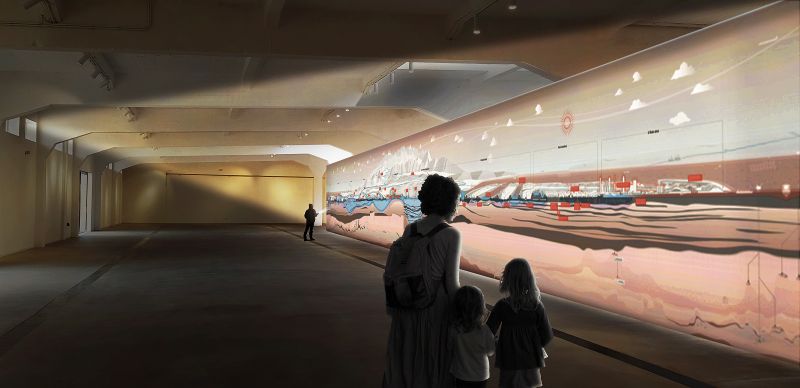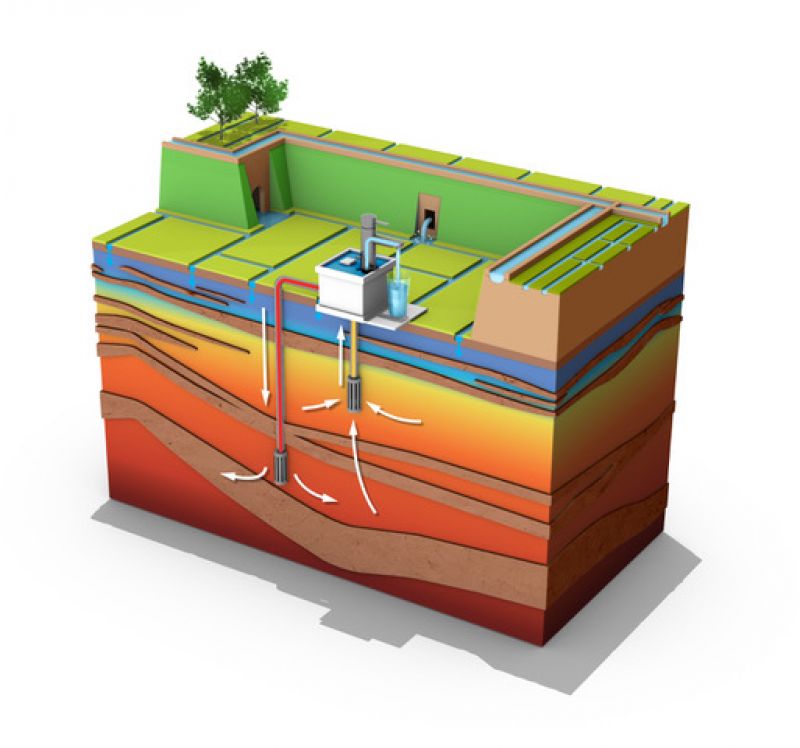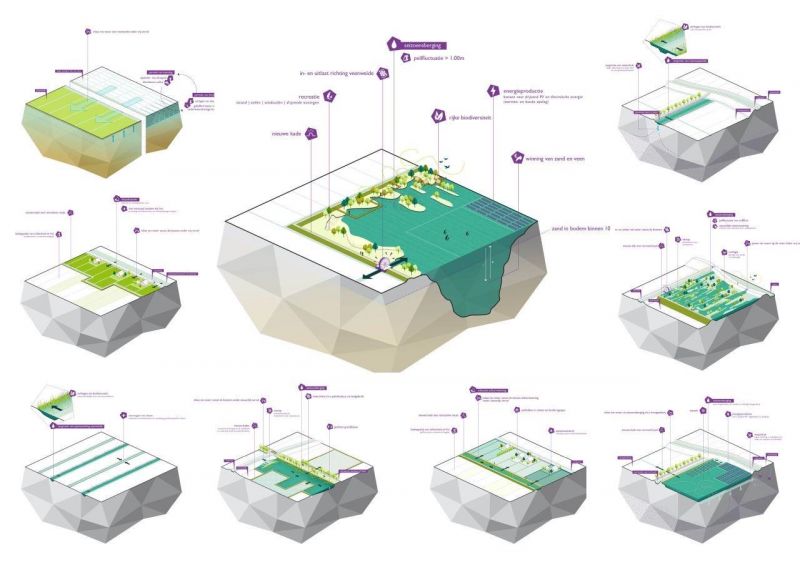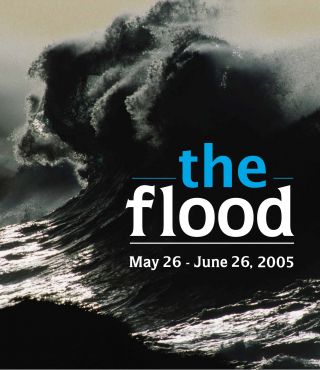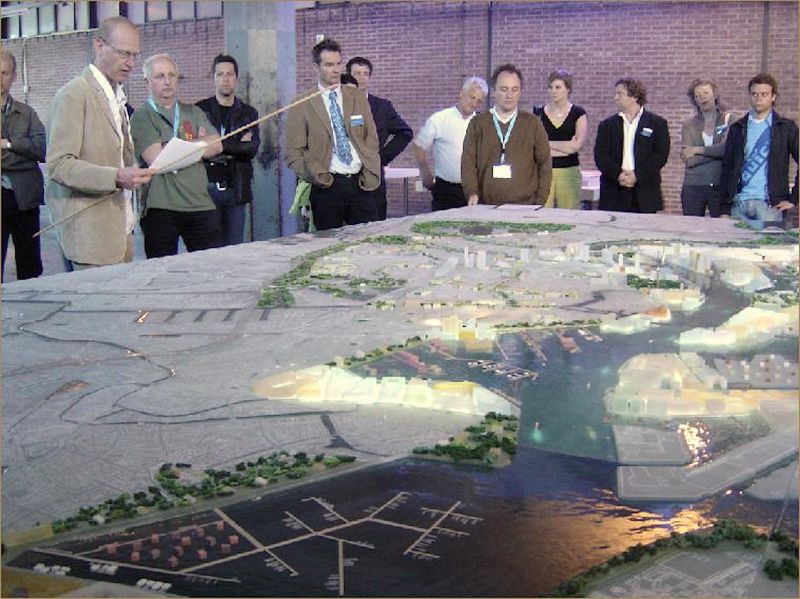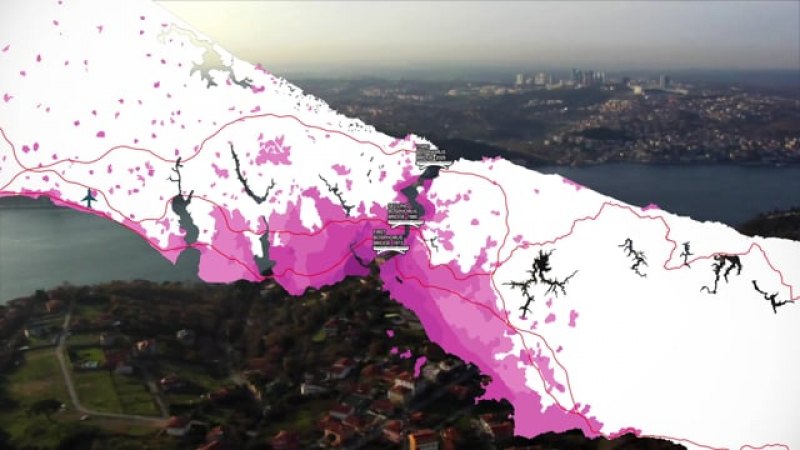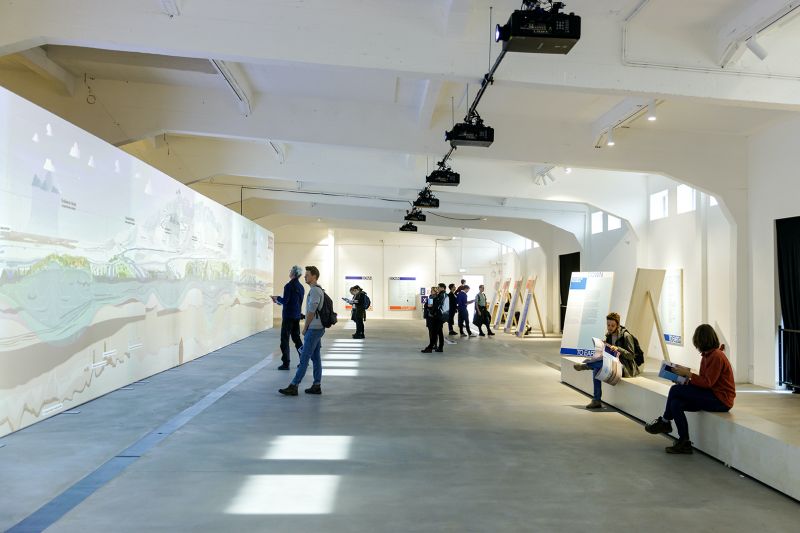
picture: Aad Hoogendoorn
If scientists worldwide tell us change is urgently needed and on a scale for which ‘there is no documented historical precedent,’ then nothing is self-evident anymore. Even the fact that the Dutch, like no other people, know how to deal with water no longer offers any certainty.
In the delta that the Dutch live in, climate change is generating completely new problems. More and more often there is too much water, but we are also – and this is really new – now confronted with drought and shortages of fresh water. For hundreds of years, we’ve worked hard to make our country better at draining water as quickly and efficiently as possible for reasons of safety and agricultural productivity. But now we are suddenly facing a new challenge: how to retain water in order to be able to use it when we need it.
Building blocks for a new freshwater strategy
The dry summer of 2018 prompted George Brugmans, director of IABR and chief curator of DOWN TO EARTH, to start an investigation into opportunities and frameworks for the large-scale storage of freshwater, both aboveground and underground.
The IABR–Atelier Drought in the Delta was set up and lead designer Marco Vermeulen and his SMV-team were commissioned to map the situation and explore possibilities for increasing the delta's water buffering capacity and the opportunities that this would create. The aim of the research was to provide building blocks for a new freshwater strategy in conjunction with other transition challenges, such as the energy transition, food production, and urbanization, which always involve increasingly intensive use of the topsoil and subsoil. A new strategy is urgently needed, because, as Vermeulen puts it: "Climate change is forcing us to re-design the Dutch water machine back into a resilient delta."

picture: Aad Hoogendoorn
DOWN TO EARTH: DROUGHT IN THE DELTA
The results of the research by design done by the Atelier Drought in the Delta are central to the first exhibition of DOWN TO EARTH. They are visualized by means of an animation of a cross section of the Dutch Delta. Looking in the direction of Germany, France and Belgium, upstream along the Rhine, Meuse and Scheldt, we see the Alps in the distance. In about seven minutes, Studio Marco Vermeulen en Tungsten Studio demonstrate how our delta is currently functioning, what problems have arisen due to climate change and what possible building blocks for a new freshwater strategy in conjunction with other transition challenges there are.
For more information about the presentation of the results of the Atelier in the exhibition, click here

picture: Aad Hoogendoorn
Four explorations
In addition to the results of the Atelier, the curator, George Brugmans, selected four other exemplary Dutch projects. These already, and very concretely explore aspects of the solution directions as proposed by the Atelier: COASTAR, Panorama Waterland, Water Mosaic Groene Hart and Sponstuin.
Viable proposals for action
DOWN TO EARTH: DROUGHT IN THE DELTA is also and foremost a call to action. It presents concrete proposals for solution directions, in order for local and regional authorities to appreciate opportunities and to make it possible for them to work on their own specific challenges, necessarily in such a way that they fit into the inevitably comprehensive transition of the entire delta.
The exhibition advocates a radical change in thinking and acting. We need to move from a naturally wet delta, which must drain excess water as quickly as possible, to a smart delta that can retain fresh water so that we can use it when we need it.
DROUGHT IN THE DELTA is another fine example of how IABR bridges the gap between research by design, public presentations and action by purposefully using the free cultural space for a continuous open and cultural development process aimed at the real-world implementation of results.
The key texts of the exhibition can be downloaded at the bottom of this page.

The Sponstuin, by De Urbanisten, with the Keilepand in the background
© IABR, 2020
The exhibition took place in the Keilezaal and was open to the public from September 19 to November 1, 2020.
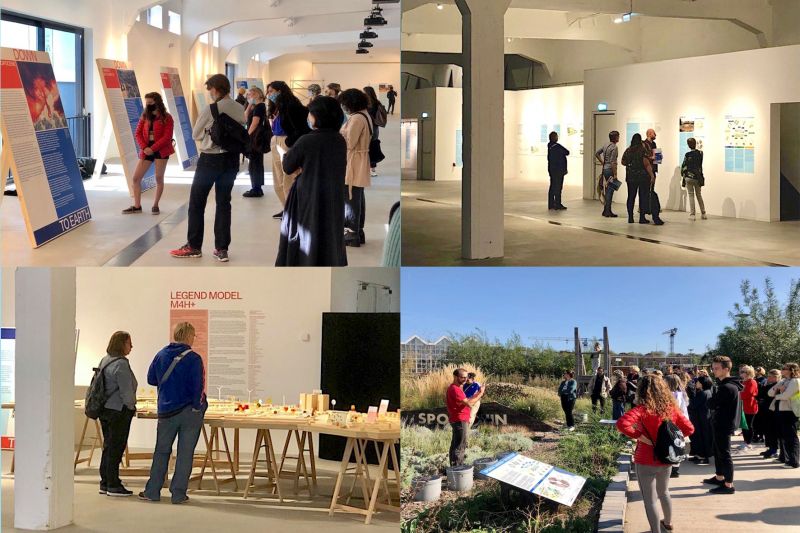
Drought in the Delta
© IABR

